In an unexpected turn of events, the DJI Neo shows up in a YouTube video. DJI is poised to launch a new micro drone that could revolutionize the selfie drone market.
The DJI Neo, spotted in Malaysia ahead of its rumored September 5th release, aims to compete directly with models like the Hover Air X1. This surprising development was revealed by an Italian tech YouTuber who stumbled upon the unreleased drone while traveling in Southeast Asia.
Unexpected Discovery in Kuala Lumpur
The YouTuber, who had been exploring Southeast Asia for over a month, found himself in Kuala Lumpur, Malaysia. Against the backdrop of the impressive Merdeka 118 skyscraper, he embarked on a quest to find the rumored DJI Neo. After scouring numerous DJI stores and authorized resellers in the city, he finally managed to locate the new drone.
“I never imagined I’d be here telling you about DJI’s new drone in advance,” the YouTuber remarked, highlighting the serendipitous nature of his discovery.
Key Features and Specifications
The DJI Neo is designed to be ultra-portable, living up to its description of fitting “in the palm of your hand.” Here are the key features and specifications revealed in the video:
- Weight: 135 grams
- C0 class marking for flexible flight permissions
- 1/2-inch camera sensor (similar to the older DJI Air 2)
- Automated shooting modes accessible via onboard buttons
- Compatible with DJI RC controller and DJI Goggles 3
- 23GB internal storage instead of SD card slot
- Removable prop guards
- Estimated flight time sufficient for typical use cases
- Compatible with DJI Fly App
The YouTuber noted, “Calling it just a selfie drone might be an understatement,” hinting at the Neo’s versatility despite its small size.
Design and Functionality
The DJI Neo appears to borrow design elements from the Hover Air X1, with a similar form factor and button layout for accessing automated flight modes. The front of the drone features buttons for various QuickShot modes, allowing users to capture cinematic shots without the need for a controller or app.
The prop guards are easily removable, snapping on and off with a simple mechanism. This feature adds to the drone’s versatility, allowing users to fly with or without guards depending on their comfort level and flying environment.
Competitive Pricing and Market Positioning
DJI is aiming to disrupt the market with aggressive pricing. The base model of the Neo is priced at just $199, significantly undercutting competitors in the micro drone space. This pricing strategy becomes even more apparent when compared to recent announcements from Autel:
- Original Hover Air X1: Currently available on Amazon for around $400
- DJI Neo base model: $199
- Newly announced Hover Air X1 Pro Max: Over $1000 for the Combo version
The YouTuber expressed skepticism about the high price of the Hover Air X1 Pro Max, stating, “Spending over $1000 for a drone of this type with a sensor like the Mini 4 Pro, but without giving me the ability to do everything I can do with the Mini 4 Pro, in my opinion, makes little sense.”
Ecosystem Integration and Expandability
One of the Neo’s standout features is its compatibility with DJI’s existing ecosystem of products. Users can control the Neo using:
- The drone’s onboard buttons for automated modes
- The standard DJI RC controller
- DJI Goggles 3 (launched with Avata 2)
- Potentially the DJI FPV controller from Avata 2
This integration sets the Neo apart from competitors, offering users the flexibility to use the drone in various configurations depending on their needs.
Storage and Connectivity
Unlike most DJI drones, the Neo doesn’t have a microSD card slot. Instead, it features 23GB of internal storage. Users can access this storage by connecting the drone to a PC, allowing for easy file transfer and management.
Regulatory Compliance
The DJI Neo carries a C0 class marking, which is particularly noteworthy for such a capable drone.
The YouTuber commented, “Having a C0 class marking that will allow us to fly in any scenario, even in the city, then yes, I accept it very willingly because this should give us some nice advantages.”
This classification could make the Neo more accessible for flights in urban areas under EU regulations, potentially opening up new use cases for casual and professional users alike.
Comparisons and Market Impact
While DJI seems to have taken inspiration from Hovers’s Air X1, they’ve added their own touches and leveraged their ecosystem advantages. The Neo’s compatibility with DJI’s controllers and goggles, along with its aggressive pricing, could give it a significant edge in the market.
The YouTuber noted that Hover recently launched a new crowdfunding campaign on Indiegogo for the Air X1 Pro and Pro Max models, likely in response to the impending release of the DJI Neo. However, he questioned the value proposition of these higher-end models given their limitations compared to larger camera drones.
Anticipation and Unanswered Questions
As the drone was still sealed and unactivated at the time of the video, many questions remain about its performance and full feature set. The YouTuber expressed excitement about testing the drone, particularly its FPV capabilities and integration with DJI’s goggle systems.
DroneXL’s Take
The DJI Neo represents a strategic move into the emerging micro selfie drone market. While it may not match the image quality of larger prosumer models, its ultra-portable design and aggressive pricing could make it highly appealing for travelers, social media enthusiasts, and casual users looking for an easy way to capture aerial selfies and videos.
As we’ve seen in recent years, miniaturization continues to be a key trend enabling new use cases in the Drone Industry. The Neo’s C0 classification, combined with its compact size and automated features, could potentially open up new possibilities for urban aerial photography and videography.
However, the true test will come when users can compare the Neo’s image quality and performance against both its micro drone competitors and DJI’s own larger models. Will the convenience of a pocket-sized drone outweigh potential compromises in image quality for most users?
What are your thoughts on these pocket-sized camera drones, such as the DJI Neo? Would you choose portability over image quality for casual use? Are you excited about the potential of C0-class drones for urban flying? Share your take in the comments below.
Discover more from DroneXL
Subscribe to get the latest posts sent to your email.
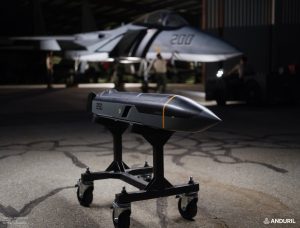
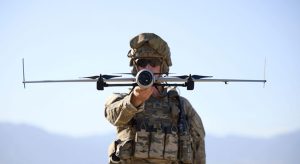
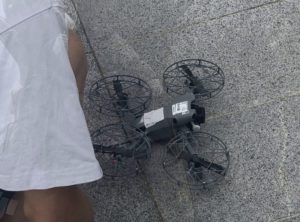
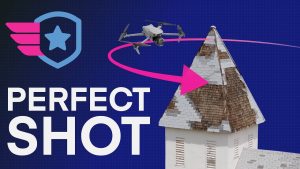
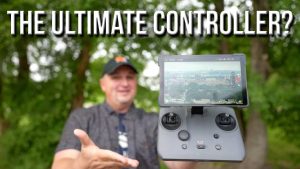



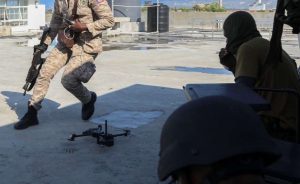
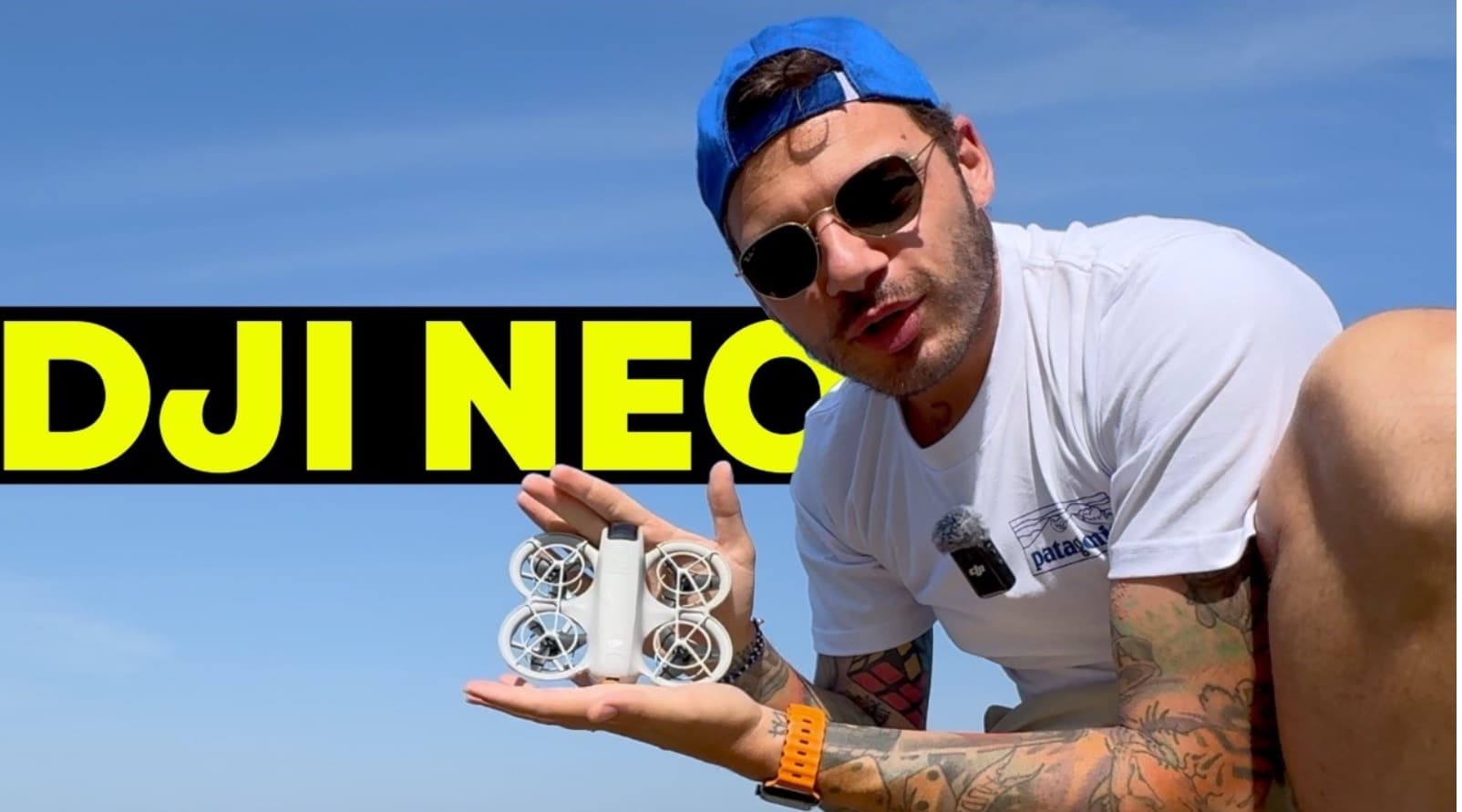

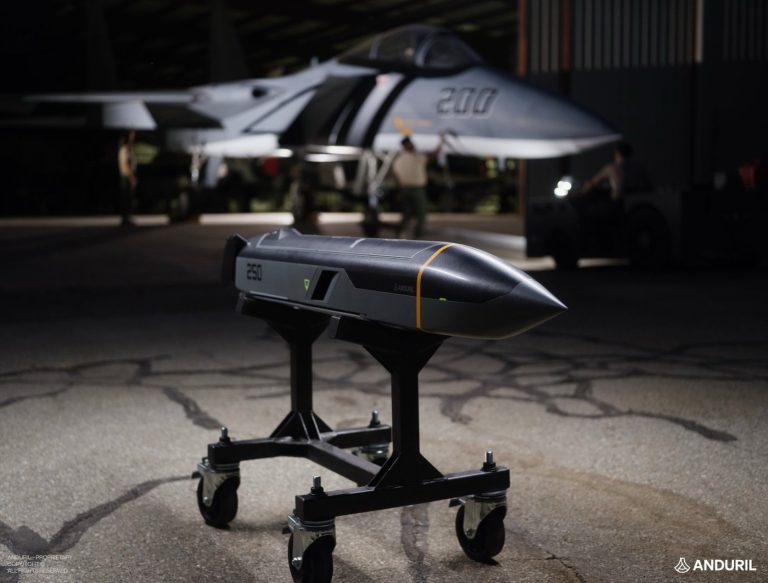
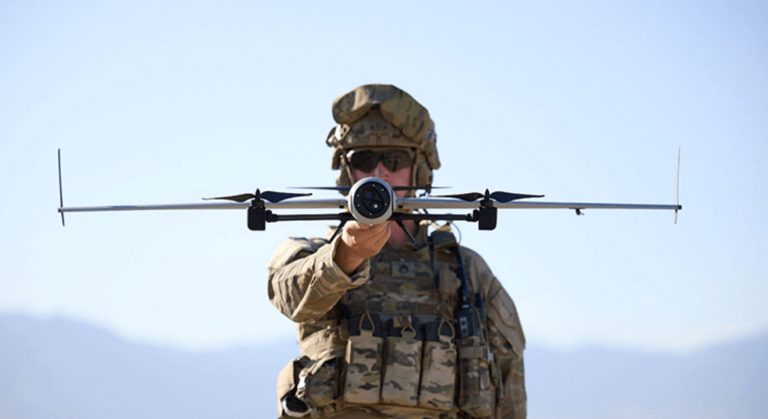
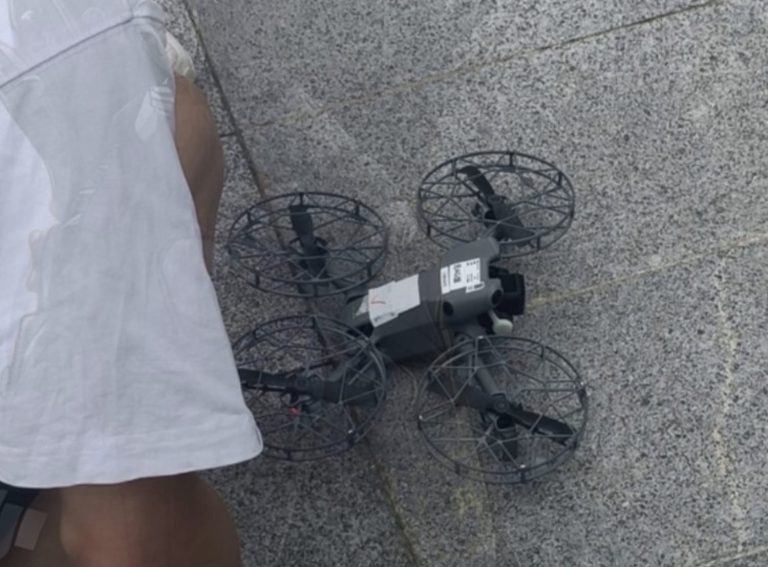
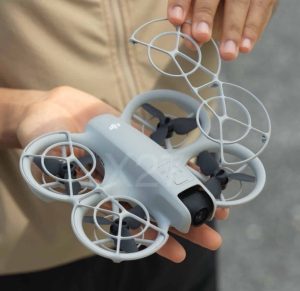
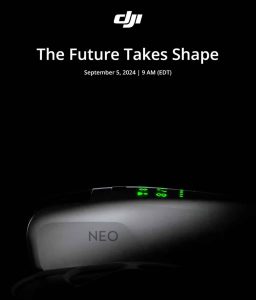
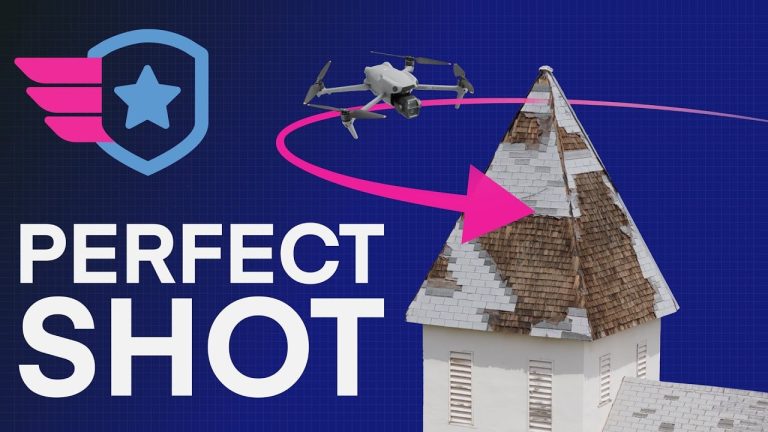
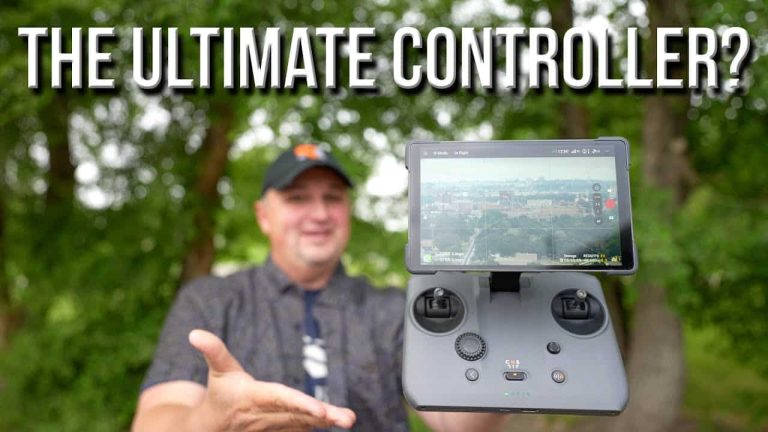
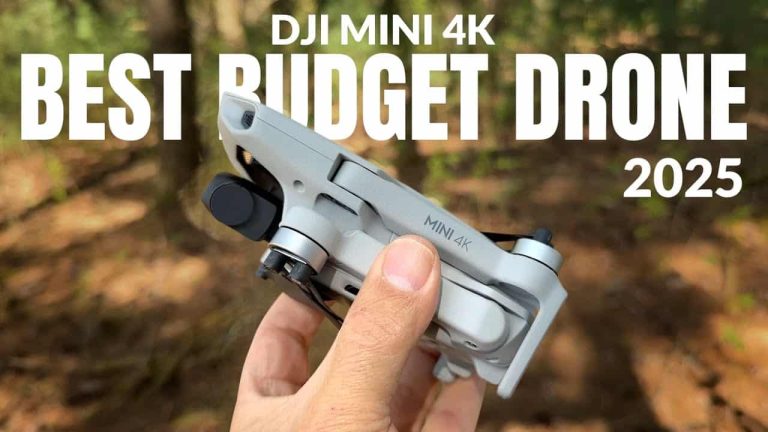


+ There are no comments
Add yours